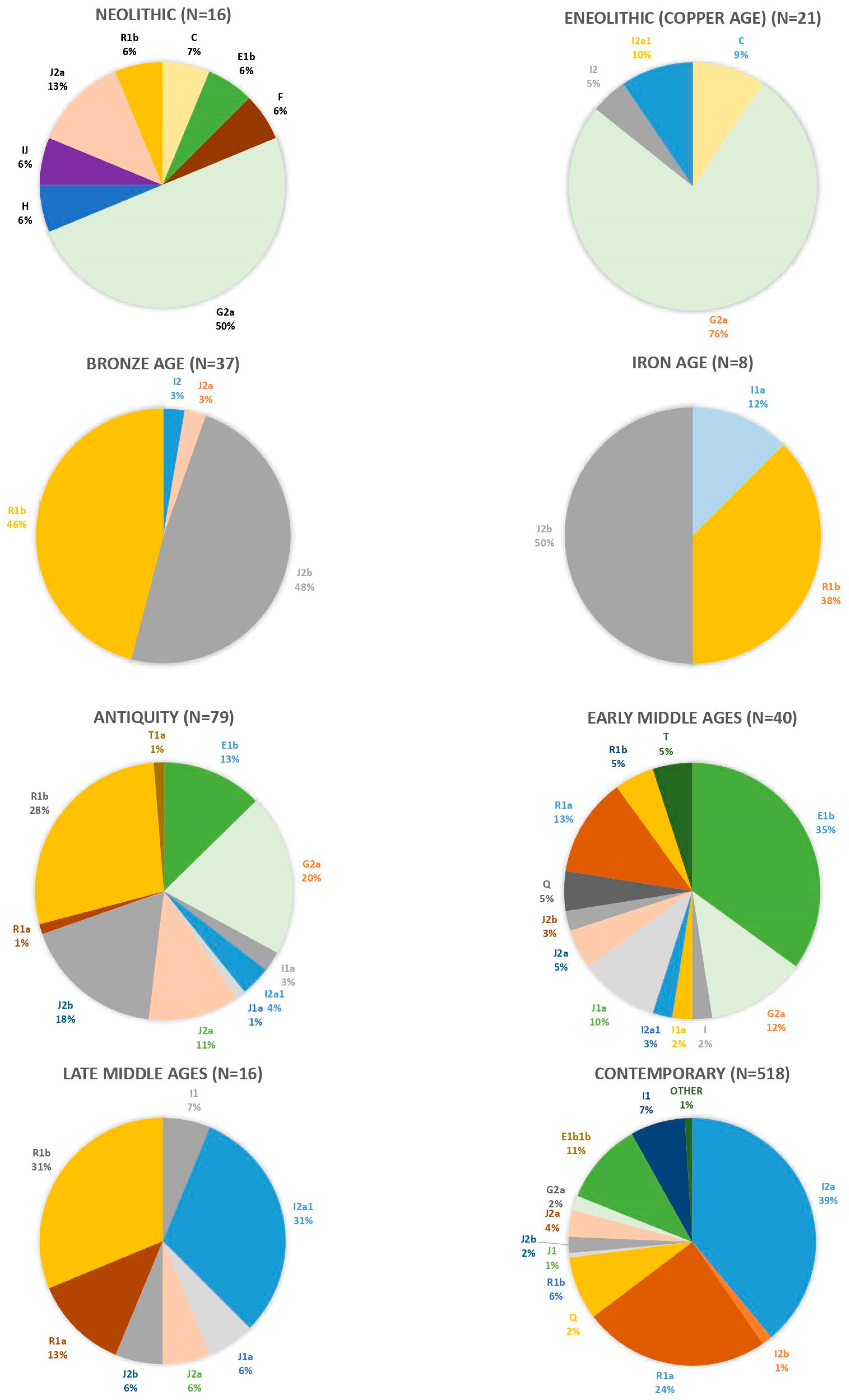Hungary_IA_LaTene:I18488,0.125205,0.14319,0.046763,0.013566,0.048009,0.00502,-0.00188,-0.005538,0.013703,0.020593,0.003735,0.012139,-0.020069,-0.001239,-0.00095,-0.000928,0.005346,0.000887,0.003897,0.005127,-0.006738,0.001731,-0.000123,0.003374,-0.00455
Hungary_IA_LaTene:I18530,0.124067,0.146236,0.044877,0.013243,0.055703,0.006972,-0.003995,0.005307,0.018816,0.028611,-0.004547,0.004946,-0.016501,-0.010597,0.00095,0.00716,0.00678,0.001774,0.005656,-0.001751,0.01148,0.008285,-0.002218,-0.009519,-0.000958
Hungary_IA_LaTene:I18838,0.120652,0.151314,0.043369,0.015504,0.048932,0.004183,0.002585,0.002538,0.010635,0.019499,0.00065,0.005095,-0.015758,-0.007844,-0.002443,0.012994,0.019036,-0.00152,0.007039,0.001251,-0.000499,-0.00272,-0.009367,-0.01458,-0.002275
Hungary_IA_LaTene:I18840,0.124067,0.138112,0.053551,0.012274,0.052317,0.00251,0.005405,0.002308,0.015953,0.018406,-0.010555,-0.001199,-0.005798,0.002064,-0.000543,-0.001989,0.001695,-0.003421,0.003268,0.004502,0.003119,0.00136,-0.002835,-0.006627,0.000958
Hungary_IA_LaTene:I25516,0.133173,0.146236,0.052043,0.022933,0.047393,0.00753,0,-0.006923,0.009408,0.028064,-0.005196,0.013188,-0.016501,-0.004542,0.000679,-0.009016,0.006389,0.000253,-0.003771,0.002501,0.012104,0.013849,-0.000739,-0.009399,-0.003233
Hungary_IA_LaTene:I25519,0.129758,0.147252,0.043369,0.020995,0.041546,0.008646,0.00517,0.007615,0.010635,0.024055,-0.003897,0.008992,-0.017542,-0.007569,0.006107,-0.013392,-0.009909,0.004434,0.006159,-0.013256,0.000499,0.006306,-0.006409,-0.008194,0.004311
Hungary_IA_LaTene:I18531,0.132035,0.145221,0.051666,0.011305,0.039392,-0.003904,0.000705,-0.000231,0.012885,0.032802,-0.005359,0.005845,-0.024529,-0.015138,0.002307,0.014452,0.021644,0.011529,0.008296,0.003502,-0.003619,-0.000371,0.003451,0.000964,-0.006945
Hungary_IA_LaTene:I25518,0.126344,0.156392,0.061094,0.019057,0.048317,0.011435,0.00235,0.010153,0.019839,0.019135,0.000487,0.003147,-0.019029,-0.002477,0.009908,-0.00411,-0.001825,-0.00228,-0.001006,-0.006003,-0.00287,0.003957,0.00493,-0.004097,-0.012813
Hungary_IA_LaTene:I4996,0.134311,0.145221,0.04714,0.01938,0.044624,0.017291,-0.000705,0.005538,0.018203,0.015672,-0.005521,0.007194,-0.006541,-0.003716,-0.005429,0.009414,0.002738,0.00038,0.00993,-0.002626,0.000125,0.003462,0.009613,0.00494,0.000479
Hungary_IA_LaTene:I18839,0.129758,0.136081,0.041106,0.0323,0.038161,0.008088,0.002585,0.003923,0.013294,0.017312,-0.013803,0.009142,-0.013231,-0.006606,0.0076,0.014187,0.015125,-0.006208,0.004777,-0.001626,-0.006988,-0.001607,-0.001109,-0.009399,-0.007424
Hungary_IA_LaTene:I18181,0.134311,0.138112,0.061094,0.016473,0.053548,0.003347,0.018801,0.020307,0.010431,0.032438,-0.008607,0.005095,-0.006838,0.018166,-0.000543,0.007823,0.004955,-0.004561,-0.004777,0.016258,0.010981,0.00779,-0.010353,-0.00482,-0.006945
Hungary_IA_LaTene_Avg,0.128516454545455,0.144851545454545,0.0496429090909091,0.0179118181818182,0.0470856363636364,0.00646527272727273,0.00282009090909091,0.00409063636363636,0.013982,0.0233260909090909,-0.004783,0.00668945454545455,-0.0147579090909091,-0.00359072727272727,0.00160390909090909,0.00332681818181818,0.00654309090909091,0.000115181818181818,0.003588,0.000716272727272727,0.00159945454545455,0.003822,-0.00137809090909091,-0.00521427272727273,-0.00358136363636364








